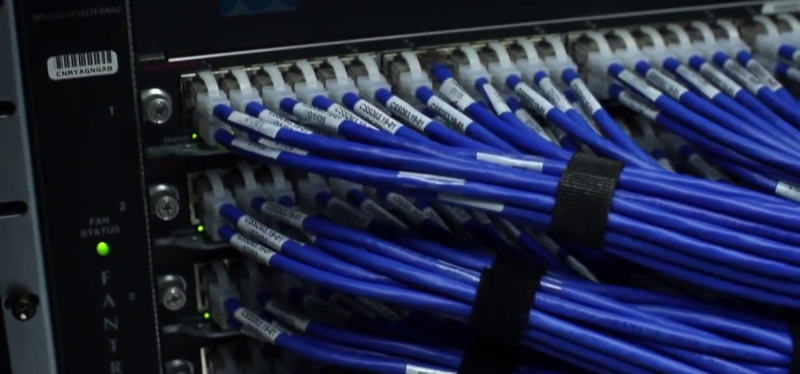
The laying of a $600-million cable to transport data from Asia to Europe, via Africa and the Middle East, has become a battleground for the US and China, who are locked in a proxy war over
the technologies that could determine who achieves economic and military dominance for decades to come.
The cable, known as South East Asia–Middle East–Western Europe 6, or SeaMeWe-6 for short, is being laid by US-based SubCom LLC and will connect a dozen countries as it snakes its way from Singapore to France, crossing three seas and the Indian Ocean on the way. The project, which is set to be completed in 2025, slipped through the fingers of Chinese subsea cable-building firm HMN Technologies Co Ltd.
Three years ago, HMN Technologies Co Ltd, whose predecessor company was majority-owned by Chinese telecom giant Huawei Technologies Co Ltd, was on the brink of snagging the SeaMeWe-6 contract. The client for the cable was a consortium of more than a dozen global firms, including Microsoft Corp and French telecom firm Orange SA, and three of China’s state-owned carriers, China Telecommunications Corporation (China Telecom), China Mobile Limited, and China United Network Communications Group Co Ltd (China Unicom), had committed funding as members of the consortium, according to six people involved in the deal.
HMN Tech’s bid of $500 million was roughly a third cheaper than the initial proposal submitted to the cable consortium by SubCom, and the Chinese firm was selected in early 2020 to manufacture and lay the cable, partly due to hefty subsidies from Beijing that lowered the cost. The Singapore-to-France cable would have cemented HMN Tech as the world’s fastest-rising subsea cable builder, and extended the global reach of the three Chinese telecom firms that had intended to invest in it.
However, the US government, concerned about the potential for Chinese spying on these sensitive communications cables, ran a successful campaign to flip the contract to SubCom through incentives and pressure on consortium members. This intervention is one of at least six private undersea cable deals in the Asia-Pacific region over the past four years where the US government either intervened to keep HMN Tech from winning that business, or forced the rerouting or abandonment of cables that would have directly linked US and Chinese territories.
The US government’s campaign was aimed at limiting the involvement of Chinese companies in critical infrastructure projects around the world, including undersea cables. According to former senior US officials, who spoke on condition of anonymity, China’s involvement in undersea cables raised concerns about the security and integrity of the information flowing through them, and the risk that China could use those cables to gain an advantage in intelligence-gathering or military operations.
The US intervention in the SeaMeWe-6 contract is part of a broader effort to counter China’s technological expansion, which has included a range of measures such as trade sanctions and restrictions on technology exports. The US has also encouraged its allies to adopt similar measures, and has sought to create alternative technologies and supply chains that are less reliant on China. Photo by HenryNewman12, Wikimedia commons.







































